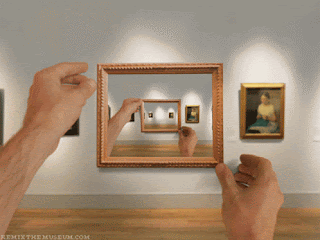The last manufacturer to produce Super 8 cameras was the French company Beaulieu. Beaulieu cameras have been the basis for several newer cameras offered by the US based Pro8mm company. Older Super 8 cameras are available from specialized retailers and auction sites such as eBay.
Kodak is the only company currently making Super 8 film stock, including some of their latest Vision 3 color negative stock. One or more other Super 8 specialists (such as Pro8mm, Spectra (both in Los Angeles), Wittner Cinetec (in Hamburg, Germany) and Kahlfilm (in Brühl, Germany) slit raw 35 mm film stock from Fuji, Kodak and ORWO, perforate it, and repackage it in Kodak Super 8 cartridges. Due to Kodak's discontinuation of Kodachrome 40 in 2006 (the one stock that for four decades used to be almost synonymous to Super 8 as a medium itself), the Super 8 market opened for new stocks and competing film manufacturers. There are now more varieties of Super 8 film available than ever before, but ironically very few retailers still stock Super 8 film, as there is virtually no demand from "ordinary" consumers.
One country where it remained widely available well past the 90s is the UK, where the chain Jessops carried one film: Kodak Ektachrome 64T. Until 2002 it was also available in Boots, a British high- street chain-pharmacy. In 2007 it was reported that Jessops are scaling back their film stocks and will no longer stock Super 8 film.













































